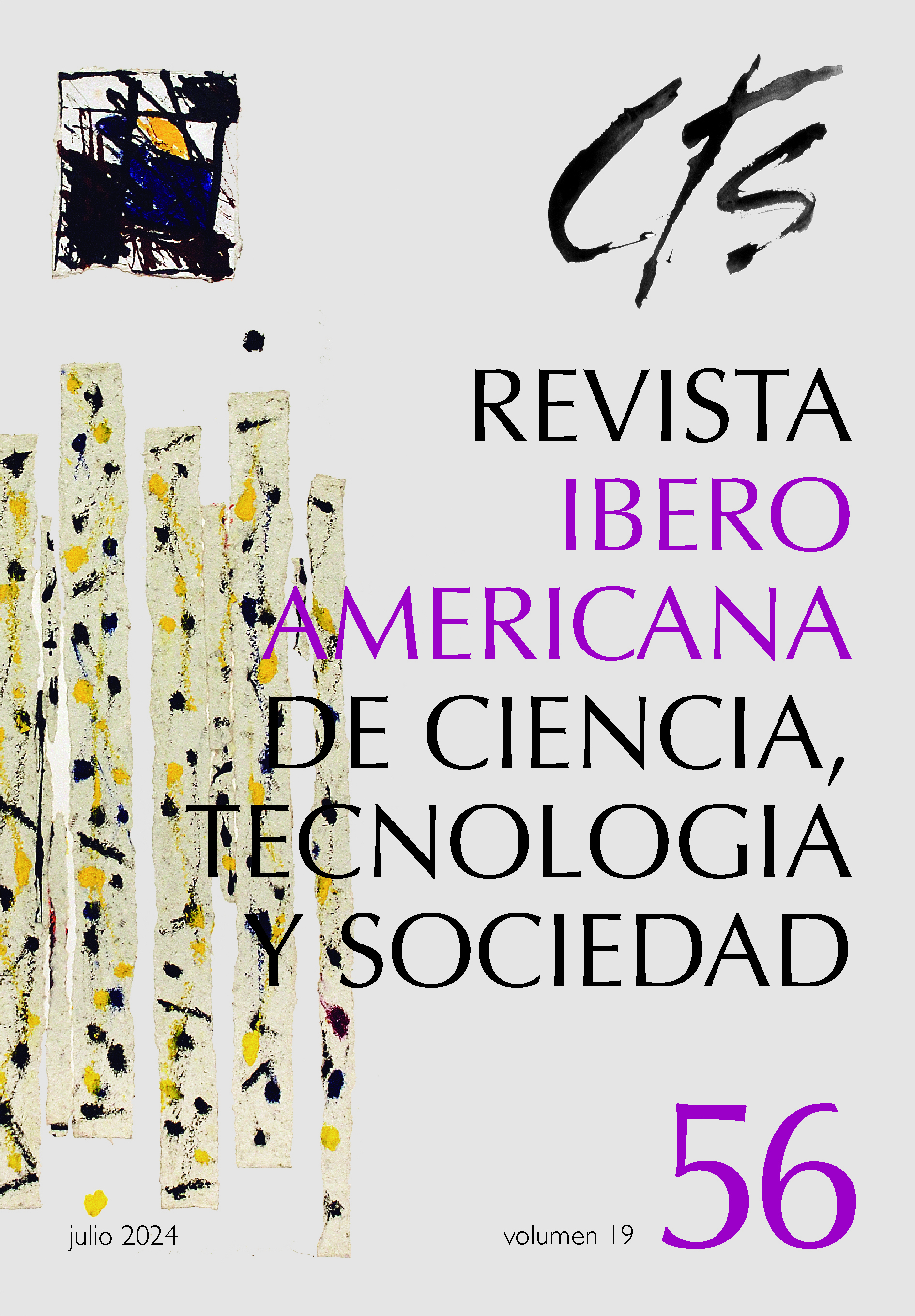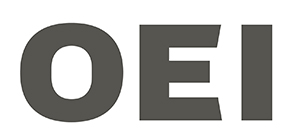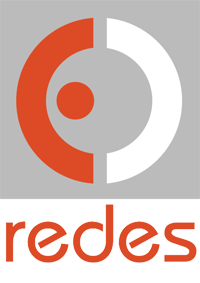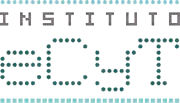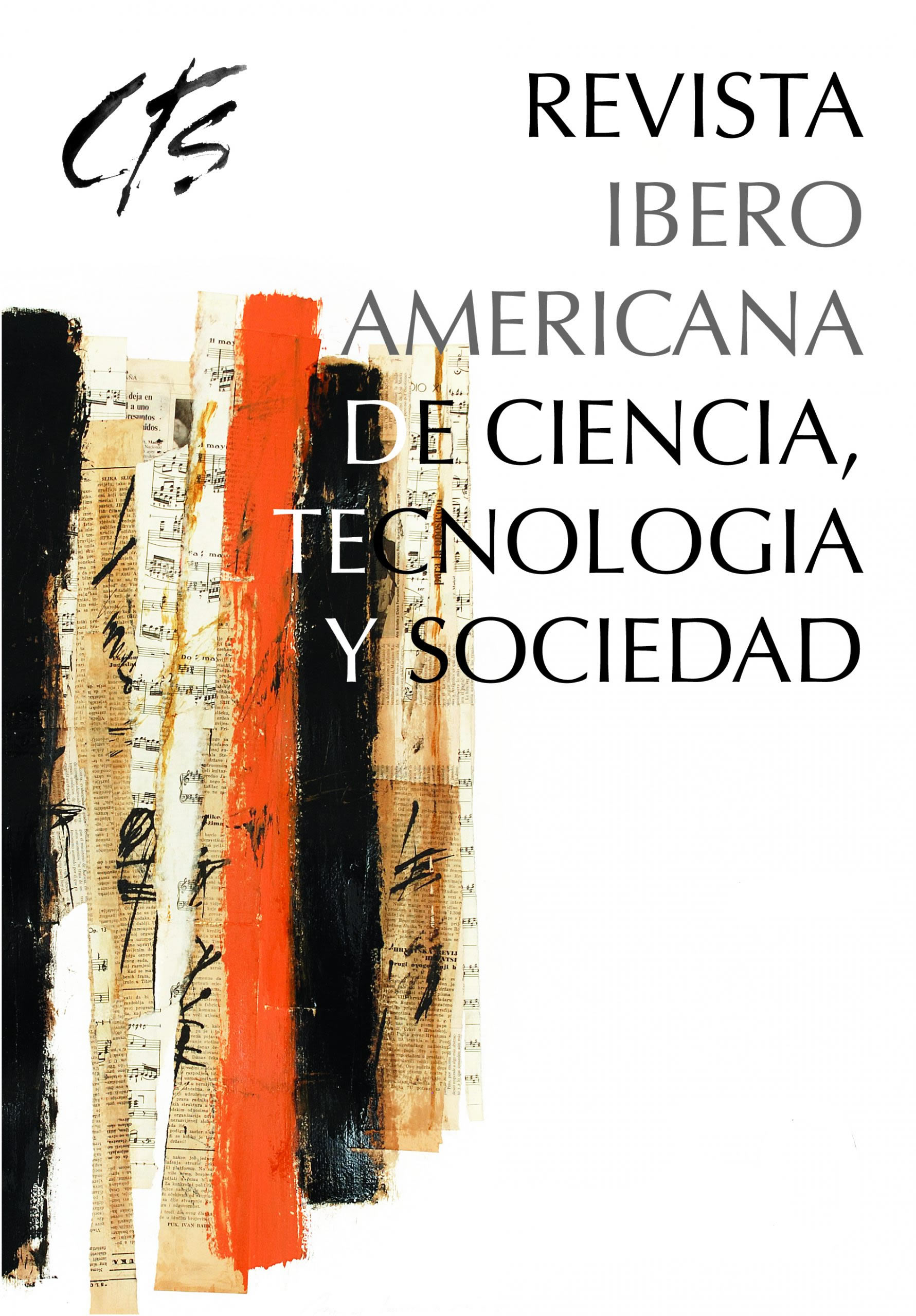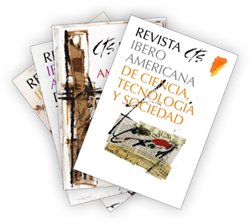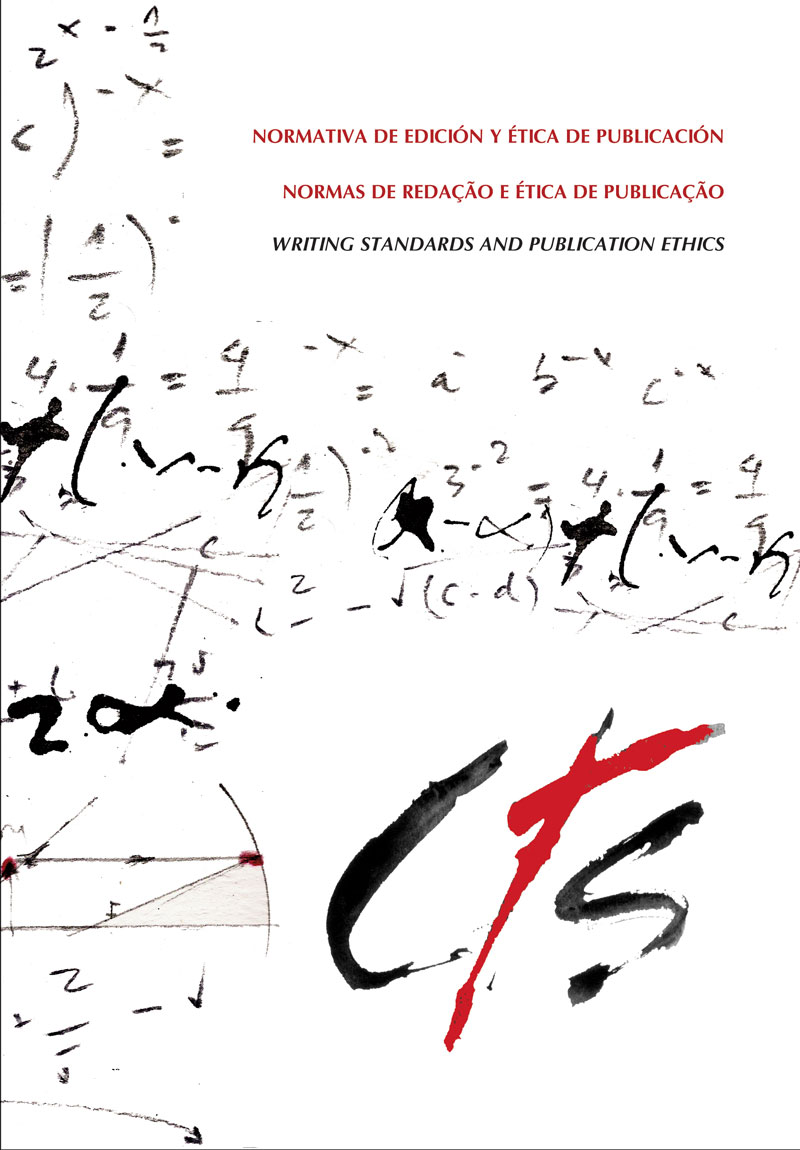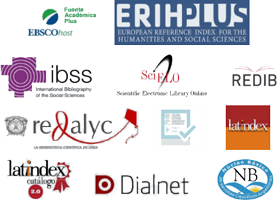Research in Science Communication
A Study on Scientific Articles in Latin America
DOI:
https://doi.org/10.52712/issn.1850-0013-377Keywords:
science communication, academic production, Latin America, scientific articlesAbstract
With the aim of presenting an updated panorama of academic production in science communication in Latin America, 1633 articles published in 544 journals between 1985 and 2020, written by 2900 authors, were analyzed. These articles were searched in scientific databases using descriptors related to the area of science communication. The results point to a field that has been growing steadily over time and more intensified in the last decade. Academic production in Latin American science communication remains concentrated in a few countries. Brazil, Argentina, Mexico, and Colombia together concentrate 93.8% of this production, with Brazil being the field's main production location. Women stand out in the authorship of articles. The articles are mostly qualitative and have as main approaches documentary research, bibliographic research, case studies and questionnaires. The relationship between media, both traditional and digital, and science is the most present focus in research. The authors prefer the term “science communication” to refer to this academic field. The portrait is of a field scattered in several academic journals, with few authors with publication frequency and with reduced international collaboration.
Downloads
References
Albornoz, M., Barrere, R., Matas, L., Osorio, L. & Sokil, J. (2018). Las brechas de género en la producción científica iberoamericana. Buenos Aires: OCTS-OEI.
Alvaro, M., Massarani, L., Ramalho, E., Silva, M., Andreani Valadares, P. & Marandino, M. (2021). Uma análise dos artigos acadêmicos latino-americanos sobre divulgação científica e controvérsias. JCOM – América Latina, 4(2), A01.
Bauer, M. W. & Howard, S. (2012). Editorial: Public Understanding of Science - a peer-review journal for turbulent times. Public Understanding of Science, 21(3), 258–267.
Gascoigne, T. & Schiele, B. (2020). Introduction. A global trend, an emerging field, a multiplicity of understandings: science communication in 39 countries. Em T. Gascoigne, B. Schiele, J. Leach, M. Riedlinger, B. V. Lewenstein, L. Massarani & P. Broks (Eds.), Communicating Science: a global perspective (1-14). Sidney: ANU Press.
Gascoigne, T., Schiele, B., Leach, J., Riedlinger, M., Lewenstein, B. V., Massarani, L. & Broks, P. (2020). Communicating Science: a global perspective. Sidney: ANU Press.
Gerber, A., Broks, P., Gabriel, M., Lorenz, L., Lorke, J., Merten, W., Metcalfe, J., Müller, B. & Warthun, N. (2020). Science Communication Research: An Empirical Field Analysis. Berlín: Edition Innovare.
Guenther, L. & Joubert, M. (2017). Science communication as a field of research: Identifying trends, challenges and gaps by analyzing research papers. Journal of Science Communication, 16(2), 1-19.
Judd, K. & McKinnon, M. (2021). A Systematic Map of Inclusion, Equity and Diversity in Science Communication Research: do we practice what we preach? Frontiers in Communication, 6, 744365.
Levin, L. & de Filippo, D. (2021). Evolution of the public understanding of science based on a bibliometric analysis of two major journals. Tapuya: Latin American Science, Technology and Society, 4(1).
Massarani, L. (2015). Voices from other lands. Public Understanding of Science, 24(1), 2-5.
Massarani, L., Aguirre, C., Pedersoli, C., Reynoso, E. & Lindegaard, L. (2015). RedPOP: 25 años de red en comunicación de la ciencia en América Latina. Em L. Massarani (Ed.), RedPOP: 25 años de popularización de la ciencia en América Latina. Rio de Janeiro: RedPOP, UNESCO & Museu da Vida/Casa Oswaldo Cruz/Fiocruz-COC.
Massarani, L., Reynoso, E., Murrielo, S. & Castillo, A. (2016). Posgrado en Comunicación de la Ciencia en América Latina: un mapa y algunas reflexiones. Journal of Science Communication, 15(5).
Massarani, L., Moreira, I. de C. & Lewenstein, B. (2017). A historical kaleidoscope of public communication of science and technology. Journal of Science Communication, 16(3), 1-4.
Massarani, L., Da Silva, C. M., Rocha, M. & Cortassa, C. (2020). Uma análise dos artigos acadêmicos de divulgação científica na Argentina. Revista Iberoamericana de Ciencia, Tecnología y Sociedad -CTS, 45(15), 61-81. Disponível em: https://ojs.revistacts.net/index.php/CTS/article/view/174.
Massarani, L. (2022). 30 years of PUS: Reflections from Latin America on the academic field of science communication. Public Understanding of Science, 31(3), 323-330.
Marandino, M. et al. (2018). Ferramenta teórico-metodológica para o estudo dos processos de alfabetização científica em ações de educação não formal e comunicação pública da ciência: resultados e discussões. Journal of Science Communication, América Latina, 1(1).
Marquez, A. C. et al. (2013). Gephi: um software open source de manipulação e visualização de grafos. Mapeando e analisando a vida das redes sociais.
Mendes, I. M. (2019). Percepções de jovens cariocas sobre ciência e tecnologia. Dissertação [Mestrado em divulgação da ciência, tecnologia e saúde]. Rio de Janeiro: Casa de Oswaldo Cruz/Fiocruz.
Orozco, C. E. (2018). Diez años de investigación de la comunicación pública de la ciencia en y desde América Latina. Un estudio en tres revistas académicas (2008–2017). Journal of Science Communication - América Latina, 1(1).
Reynoso-Haynes, E., Herrera-Lima, S., Nepote, A. C., Patiño-Barba, L. (2020). Mexico: from simple and centralised to expansion, diversity and complexity. Em T. Gascoigne, B. Schiele, J. Leach, M. Riedlinger, B. V. Lewenstein, L. Massarani & P. Broks (Eds.), Communicating Science: A Global Perspective. Acton: Australian National University Press.
Rocha, M. & Massarani, L. (2017). Panorama general de la investigación en divulgación de la ciencia en América Latina. Em L. Massarani, M. Rocha, C. Pedersoli, C. Almeida, L. Amorim, M. Cambre, A. C. Nepote, J. Noberto Rocha, C. Aguirre, J. C. Gonçalvez, L. Cordioli & F. Ferreira (Eds.), Aproximaciones a la investigación en divulgación de la ciencia en América Latina a partir de sus artículos académicos (13-38). La Plata: Universidad Nacional de La Plata.
Trench, B. (2012). Vital and Vulnerable: Science Communication as a University Subject. Em B. Schiele, M. Claessens & S. Shi (Eds.), Science Communication in the World: practices, theories and trends. Dordrecht, Heidelberg, Nova York & Londres: Springer.
Trench, B. & Bucchi, M. (2015). Science communication research over 50 years: patterns and trends. Em B. Schiele, J. Le Marec & P. Baranger (Eds.), Science communication today-2015: current strategies and means of action. Nancy: Éditions Universitaires de Lorraine.
Trench, B. & Bucchi, M. (2021). Global spread of science communication: institutions and practices across continents. Em M. Bucchi & B. Trench (Eds.), Routledge Handbook of Public Communication of Science and Technology. Oxon & Nova York: Routledge.
Trench, B., Bucchi, M., Amin, L., Cakmakci, G., Falade, B., Olesk, A. & Polino, C. (2014). Global spread of science communication: institutions and practices across continents. Em M. Bucchi & B. Trench (Eds.). Routledge Handbook of Public Communication of Science and Technology. Oxon & Nova York: Routledge.
Downloads
Published
How to Cite
Issue
Section
License
Copyright (c) 2023 CC Attribution 4.0

This work is licensed under a Creative Commons Attribution 4.0 International License.
All CTS's issues and academic articles are under a CC-BY license.
Since 2007, CTS has provided open and free access to all its contents, including the complete archive of its quarterly edition and the different products presented in its electronic platform. This decision is based on the belief that offering free access to published materials helps to build a greater and better exchange of knowledge.
In turn, for the quarterly edition, CTS allows institutional and thematic repositories, as well as personal web pages, to self-archive articles in their post-print or editorial version, immediately after the publication of the final version of each issue and under the condition that a link to the original source will be incorporated into the self-archive.
